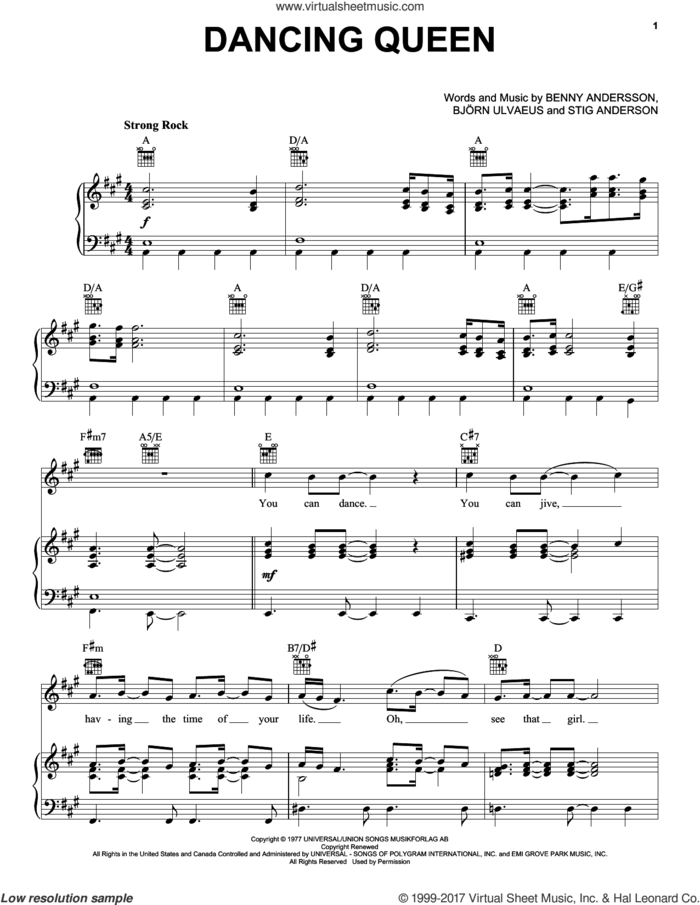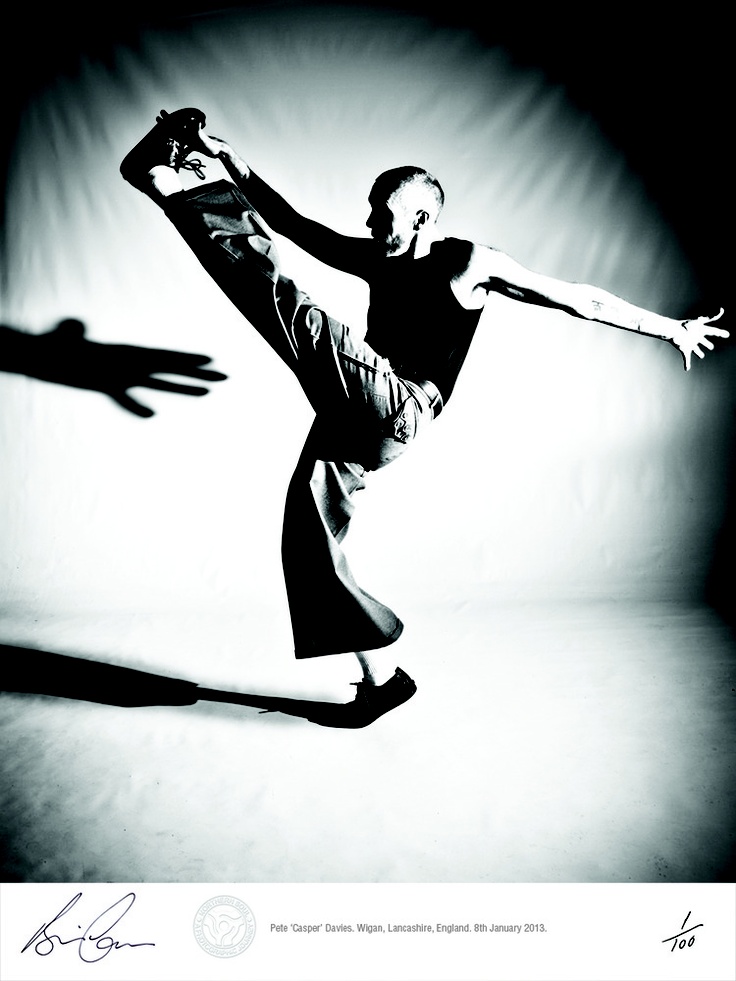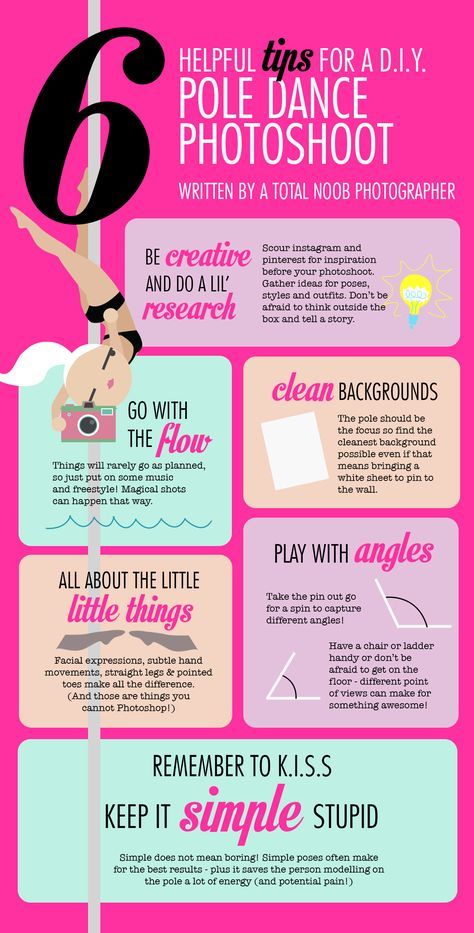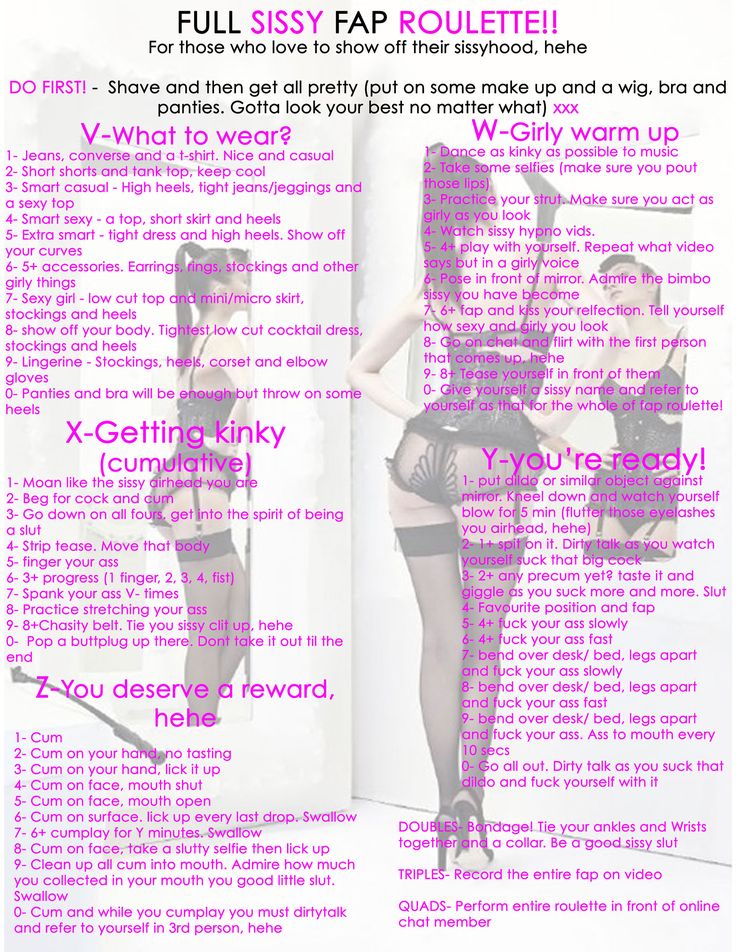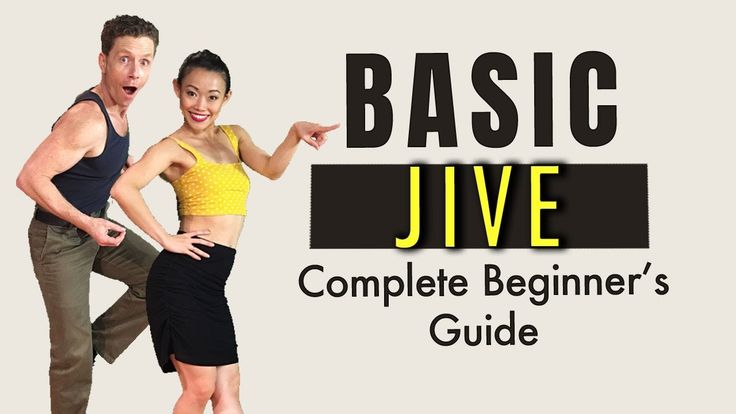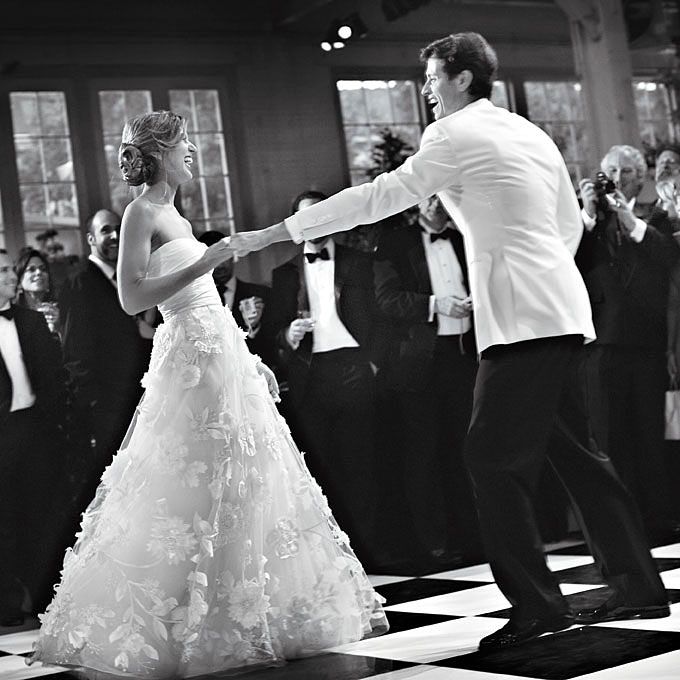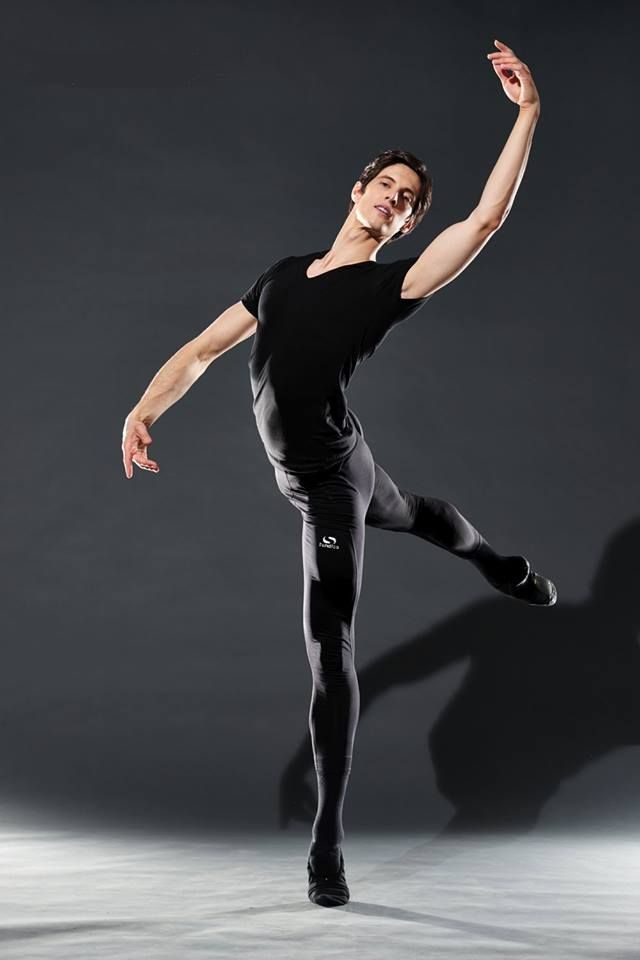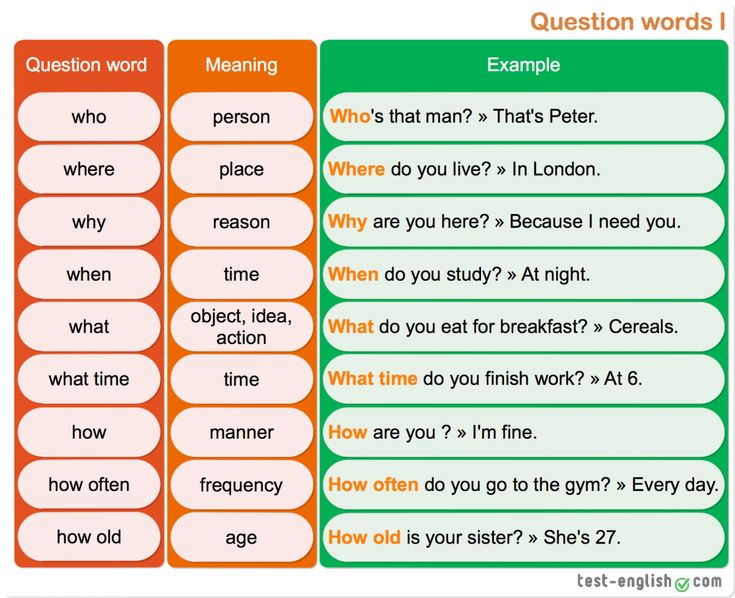How to take dance videos
A Photographer’s Tips for Filming Dance at Home
Photo courtesy of Unsplash
The surge of online dance content during physical distancing measures is making amateur filmmakers out of many of us. Dance artists, teachers and studios are posting online classes and performances, filmed from home. But the process can be daunting for those with little to no camera experience.
Leif Norman is an arts and culture photographer based in Winnipeg and the founder of the FLASH photographic festival. He photographs for cultural institutions including the Winnipeg Art Gallery, Canada’s Royal Winnipeg Ballet and the Canadian Museum for Human Rights. We asked Norman to share some tips for capturing quality video footage at home, with limited gear:
- Put the camera with its back to a window. The dancer should face the light. Side light is nice too. The brightness of daylight through a window is tough to beat.
- Shoot landscape, not vertical.
This one is controversial as the youths these days like to shoot videos vertically even though the entire history of movies and videos has been shot in landscape.
- Get the source of the music as close to the camera/phone as possible to avoid that tinny, roomy noise. The microphones in phones are not that great, and you will want your music to sound good, right? Turn it up loud, but not too loud.
- Know the edges of your frame. You will want to fill the frame with your movement as much as possible without cutting off too many arms and legs. Do a quick test video and then maybe make some spike marks on the floor so you know what area to stay in.
- Prop the phone up against a coffee mug or something. This one is tough as they do make little grippy holders for phones that can go on tabletop tripods, but in a pinch use a stack of books and hope it doesn’t fall over with all the jumping around. And don’t be afraid to move the camera closer or farther away from the dance floor if the cropping is not great.
 Also, shooting from tabletop height looks pretty good, but try shooting from the floor. This will make the legs look bigger. Or shoot from higher up if you have a tall bookshelf. Looking down a bit could be flattering too; it depends on the choreography.
Also, shooting from tabletop height looks pretty good, but try shooting from the floor. This will make the legs look bigger. Or shoot from higher up if you have a tall bookshelf. Looking down a bit could be flattering too; it depends on the choreography. - The front-facing cameras of phones are usually lower quality than the ones on the back, so use the highest quality camera you can. Sadly, using the front-facing camera will not allow you to see yourself on the screen during the video and will make framing the shot tougher. But you shouldn’t be staring at yourself in the monitor while dancing anyway — very amateur.
If you have an online dance class that you would like us to feature in our ongoing list, send us an email with class details. For performances and workshops, submit a free listing to our listings page >> thedancecurrent.com/listing-submission.
10 Tips on How to Film a Dance Performance
By Jessica Redish
I’m a choreographer and director who has worked in the field for over a decade, moving from stage to screen, so there are lots of things I've learned along the way about filming dance.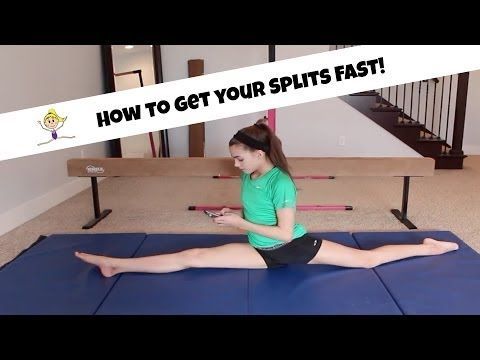 This is by no means an exhaustive list, but here are 10 things to keep in mind when shooting your dance scenes or music videos to maximize your day and creative possibilities.
This is by no means an exhaustive list, but here are 10 things to keep in mind when shooting your dance scenes or music videos to maximize your day and creative possibilities.
The most important thing to remember is to be flexible on the day. Weather changes, facing directions will change once you get there, locations may not always behave like you thought, cameras can record in errant settings or malfunction, the number of stairs production sends over has ten more than you anticipated -- be ready for anything. But plan so you know how to adjust and have something to bounce off of! Here we go:
1. Rehearse
Rehearse with your dancers. I’ve had artists ask me, “Can you just show up and make something,” and I say, “Sure, but it will look like that’s what we did.” If you’re working with trained dancers, they are very diligent and will deliver for you on the day if you take the time to rehearse with them. Rehearse in a rehearsal space with sprung floors and mirrors (most dance studios have these). It’s important to have enough space and to have mirrors so dancers can work with each other and know where their bodies are moving in space. This allows for precision (if that's what you're seeking) and cleanliness within the group. It's also how most dancers have trained, and what they're used to. That way, on the day, when you take the mirrors away, they've already rehearsed moving with the other dancers and will have an awareness of how and where their bodies are existing in space.
It’s important to have enough space and to have mirrors so dancers can work with each other and know where their bodies are moving in space. This allows for precision (if that's what you're seeking) and cleanliness within the group. It's also how most dancers have trained, and what they're used to. That way, on the day, when you take the mirrors away, they've already rehearsed moving with the other dancers and will have an awareness of how and where their bodies are existing in space.
If you’re working with street dance and b-boys/b-girls/b-folx (highly recommended!), the moves and work will be more spontaneous. Here, sometimes mirrors can bring a sense of self-consciousness you don’t necessarily want. But do rehearse in a safe studio with wood floors, at least once, or in a studio at a gym. (I’ve done some of my best work there!) Check in with the dancer and see what’s best for them. And if you want an organic feel, on the day, set up the shot you want, plan the framing, give the dancer their space parameters, and roll on it. True magic can happen.
True magic can happen.
Also rehearse with your DP and include your choreographer. Create an animatic and/or, if it’s your style, storyboard. Clue your DP into what movements happen when so they can learn it, just like the dancers. Be clear (or ask the choreographer to be clear) about cues within the dance. Not all DPs are familiar with dance, but if you teach them the dance as if it were blocking - and involve them early enough in your process - your day will go smoother and you can create really exciting work. I’ve used code words - “big drums,” “big jump” - things in the music or the movement to describe the moment that are easy to remember and not necessarily dance steps. Communication is key - the key to filmmaking or any collaboration is speaking the other person’s language while getting across what you want to say so you can tell the story the way you want to tell it, or shoot the picture you want to shoot. (Pro-tip: plan your shots so you can match on action in your edit - it creates exciting cuts and oomph - you’ll be glad you did! And cut in the middle of the move, before it ends, not at the culmination of it!)
2.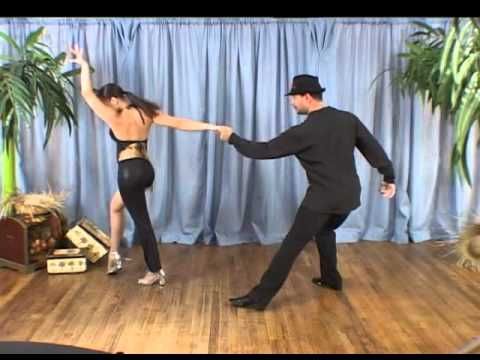 Camera motion and countermovement is your friend.
Camera motion and countermovement is your friend.
“Cinema” means “movement” - it’s the Latinized form of Greek “kinemat,” combining form of kinema "movement," from kinein "to move." The energy of dance in concert with the camera can be thrilling on film, and musicals can be the most cinematic form of any genre. Encourage your choreographer to embrace depth in their spacing and their movements instead of just horizontal space. Embrace Steadicam (my personal favorite for its dynamism and speed). Jibs or cranes can of course create classic looks and moves, giving perspective; technocranes can also get inside the action for a variety of framing opportunities that can be altered quickly. Dollies and sliders are great for coverage, giving a more observational objective feel as they can’t get inside the dance, but can capture it. On a lower budget, Ronins and Gimbals can work too. Most importantly, make sure your operator knows how to use them and has prepared.
Rehearse moving the camera the opposite way from the action of your dance. Move towards as the dancers move towards, and vice versa. See which benefits your story. Lock down with intention. Move with the pace of the dance. If your location allows, shoot from a variety of angles so your footage is dimensional. Check out how lenses compress space and the dance - try different lenses in camera test and communicate with your choreographer which lenses you want to use and how you anticipate framing so they can fill the frame for you and honor the depth you want.
3. Fill the void
Dance in an open space on a stage is thrilling - and can live in its purest form in concert with a black floor and curtains - but on film we need to see more texture and depth to meet camera and maintain visual engagement. You can fill the void: get creative about how to fill your frame. Atmosphere is useful to catch light if you want to fill the space and can give the impression of a full space to fill your frame. Exciting camera movement can also go a long way in making an empty space feel very full in collaboration with camera angles, framing and motion. Choose a mise-en-scène that fills your frame beautifully (or the way you intend) and supports your story. Some of the best locations are in nature (read: often FREE before permits). Lighting can also really carry a lot of your picture and narrative: I’ve seen exciting dances lit by headlights of a car, and P!nk’s “Call Your Girlfriend” is my favorite use of warehouse lighting, coupled with the visual variety of the movement meeting the different camera angles and positions.
Exciting camera movement can also go a long way in making an empty space feel very full in collaboration with camera angles, framing and motion. Choose a mise-en-scène that fills your frame beautifully (or the way you intend) and supports your story. Some of the best locations are in nature (read: often FREE before permits). Lighting can also really carry a lot of your picture and narrative: I’ve seen exciting dances lit by headlights of a car, and P!nk’s “Call Your Girlfriend” is my favorite use of warehouse lighting, coupled with the visual variety of the movement meeting the different camera angles and positions.
4. Punch In in camera
Depending on what you’re shooting, get your wide coverage first, but also dare yourself to shoot body parts: just an arm, just a leg, just feet. Some of the greatest dance films have restraint in framing in the name of a story. See the final dance from Footloose - it’s exciting when they just show their feet dancing on the chorus, because our eyes expect to see a wide of the principals dancing. They make us wait for it by only showing feet moving, and it’s thrilling when they cut back to the principals. Why? They’ve been fighting the whole movie for their feet to dance and now we see it, up close. Body parts can be expressive and cutting in creates visual variety - make it count for your story and you’ll have a winning combination. (Other good examples: “Maniac” from Flashdance and the final scene from Girls Just Want to Have Fun.)
They make us wait for it by only showing feet moving, and it’s thrilling when they cut back to the principals. Why? They’ve been fighting the whole movie for their feet to dance and now we see it, up close. Body parts can be expressive and cutting in creates visual variety - make it count for your story and you’ll have a winning combination. (Other good examples: “Maniac” from Flashdance and the final scene from Girls Just Want to Have Fun.)
5. Stuntpeople gonna stunt
This may be stating the obvious, but get a stunt person for stunts; get a gymnast to do gymnastics. There was a pro dancer, two gymnasts, and a stunt person in the warehouse dance in Footloose. Ten points if you can spot ’em. Gymnasts are trained in gymnastics - it’s very specific training, and stunt folx have abilities, training, education, bravery, and willingness the rest of us don’t. Dance is a specific training and level of skill, and while you may have a dancer willing and able to do a flip or two, if you want real high-flying for multiple takes, hire a gymnast.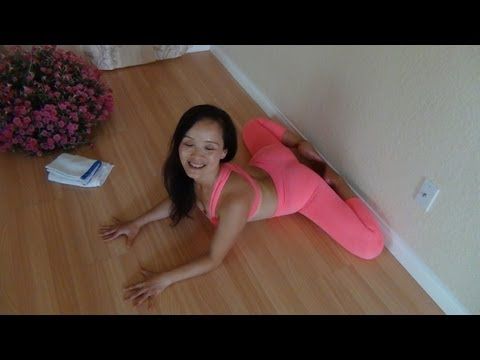 If you shoot and light it well, your audience will never (ok, rarely) know the difference.
If you shoot and light it well, your audience will never (ok, rarely) know the difference.
6. If you’re in a studio, shoot into the mirror
It’s fun and opens up possibilities and space, especially if you want to tell a story, or see a character’s reaction. We also get the dancer’s POV - i.e. what they would see in dance class, and embeds us into their world. Here in Center Stage, that’s important -- we share in and viscerally feel and understand the excitement Jodie Sawyer feels being in her jazz dance class versus the pressure she feels in the ballet world. In this dance scene in Silver Linings Playbook, shooting into the mirror makes the room feel doubly large and opens up the space nicely. This moment in All That Jazz reflects the reality of doing, and Joe Gideon’s obsession with self and work - he makes minimal eye contact with his daughter throughout the scene, and only looks at her in the mirror to note how she’s helping him with the dance.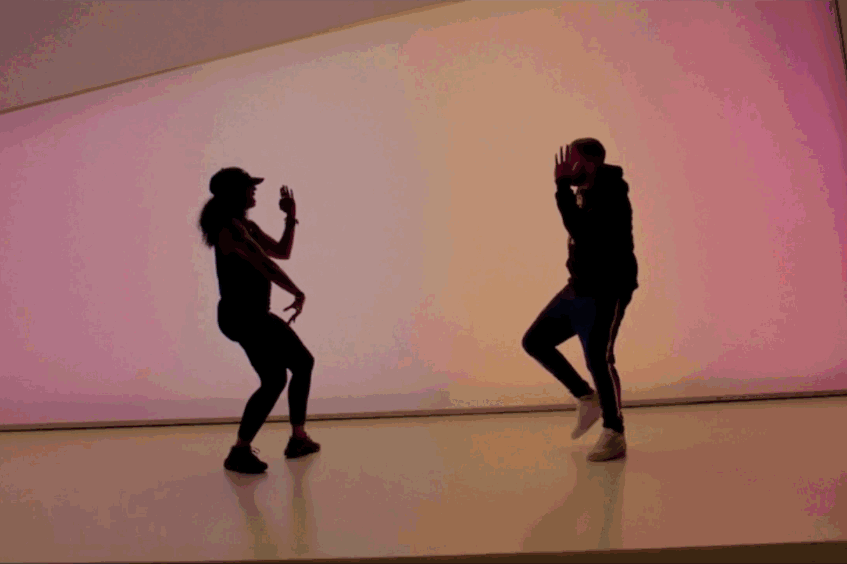 And in Beau Travail, the final scene is Galoup meeting an uncertain future, dancing alone by the mirror in which he once looked at his desired woman in a populated club scene; the mirror now providing a sense of infinity.
And in Beau Travail, the final scene is Galoup meeting an uncertain future, dancing alone by the mirror in which he once looked at his desired woman in a populated club scene; the mirror now providing a sense of infinity.
7. Roll on your rehearsals
I know this is potentially an unpopular one among some directors, but I’ve missed some good takes not doing so. Case in point: what Fred Astaire has called “the greatest dance and music” sequence he has ever seen: the Nicholas Brothers routine in Stormy Weather was completed in one take, with no rehearsal! This was possible because of the brothers’ excellence and language they had created dancing alongside one another. The camera stayed wide, tracked the duo, and it worked - don’t miss out on these opportunities!
Dancers will give you their all and go again - especially young ones - but sometimes their first takes are their best ones. (See: The Nicholas Brothers!) And if you’re working with street dance and b-boys, b-girls or b-folx, you don’t want to miss any magic! Depending on the dancer and the set, you’ve usually got five good takes before people start getting tired. After ten, you’ve worn them out and you’re at diminishing returns. I know some great directors wear their actors down by making them do 75 takes in order to get a certain performance; don’t do that to dancers. They’ll start losing their lines, feet start to sickle, muscle fatigue will happen and injuries will begin to take place, and no one wants that. Get it done in five takes and make sure your wide/master is what you want it to be. Start with that first so you get everyone while they are fresh. Then cut in. If you’ve rehearsed (see #1) your dancers will be ready to go.
After ten, you’ve worn them out and you’re at diminishing returns. I know some great directors wear their actors down by making them do 75 takes in order to get a certain performance; don’t do that to dancers. They’ll start losing their lines, feet start to sickle, muscle fatigue will happen and injuries will begin to take place, and no one wants that. Get it done in five takes and make sure your wide/master is what you want it to be. Start with that first so you get everyone while they are fresh. Then cut in. If you’ve rehearsed (see #1) your dancers will be ready to go.
Good dancers are very conscientious, well-trained and they will deliver what they rehearse. Movers can bring you spirit, groove and a sense of energy and freedom and you’ll get great coverage if you give them simple parameters and instruction. At auditions, I like to scope out not just style but technique, or, in the case of street dancers, give adjustments, so you see how well and quickly they will and can adjust on set if necessary. This ability is crucial to making your day.
This ability is crucial to making your day.
8. Set the tempo
Make sure the track to which you shoot and rehearse is the tempo to which you want your final to be. Self-explanatory, but it’s important to communicate on the front end with your team. Also, if you plan to use a .wav file in your final, shoot to the .wav, not the .mp3 you might have on hand. They don’t have the same amount of information in them and don’t sync exactly. You’re welcome; I just saved you a lot of heartache. But seriously, as much as you try, once it’s in the can, you can’t will the tempo in frame to be something else, (unless you’ve shot it at another frame rate, which means you’ve planned for it). Also, remember to bring playback and have someone to run it. For some reason, people often seem to forget that and it’s super important. (I’ve been on sets where the producers end up running it out of car speakers.)
Also: know your sound considerations on the day. Be ready to use a thump track if you’re recording live sound.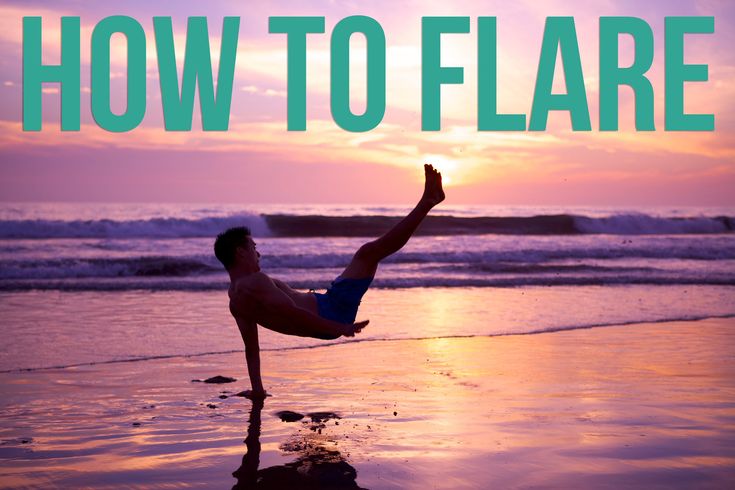 Rehearse your dancers this way - as few new elements as possible on set, the better, since set is already a new environment. If you’re planning on shooting this way, go for it - truly, dancers are incredible and can handle it! According to the doc The Movies That Made Us on Netflix, Dirty Dancing was rehearsed to other songs and anticipated shooting to a click track while rights to the music were being cleared. Muscle memory is the strongest memory in the body - dancers’ bodies will remember a rhythm if it’s rehearsed enough.
Rehearse your dancers this way - as few new elements as possible on set, the better, since set is already a new environment. If you’re planning on shooting this way, go for it - truly, dancers are incredible and can handle it! According to the doc The Movies That Made Us on Netflix, Dirty Dancing was rehearsed to other songs and anticipated shooting to a click track while rights to the music were being cleared. Muscle memory is the strongest memory in the body - dancers’ bodies will remember a rhythm if it’s rehearsed enough.
9. Safety first
Check your floors - make sure they are swept; no nails, sawdust, or water. Dancing on carpet or visqueen is unsafe and can cause injuries - in the instance of turning, feet will lock and knees will keep going. No one wants this. Shoes are important - get your dancers in the right shoes for the surface. Test them prior to the day. If you are doing a build and can build sprung floors, this will allow for more takes and stamina on the day, and is much safer, but it’s not always possible.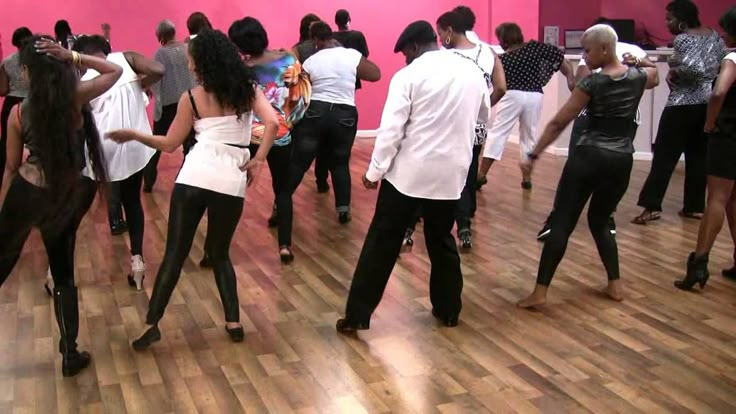 Make sure you regulate the temperature of the building. Keep your temps warm for talent - muscles cramp in the cold and you risk your dancers pulling a muscle. Give them time (and space) to warm up before the shoot.
Make sure you regulate the temperature of the building. Keep your temps warm for talent - muscles cramp in the cold and you risk your dancers pulling a muscle. Give them time (and space) to warm up before the shoot.
10. Have fun!
Dance is joyous. It fills the frame and keeps the action going in your movies. The dance of camera and movement is a beautiful one in tandem when you really lock into it - so keep trying and finding your favorite angles and moves. Also, if you can, please get a monitor for your choreographer. They don’t want to be over your shoulder, and you give them a better shot at making adjustments with alacrity. Saves you time. Makes your day. (And theirs!) Let’s go!
8 tips on how to make a decent dance video yourself.
Today I want to give some advice on how to make yourself a decent dance video. Why is it important? Dance is a visual art form, which means that you must and must be able to do it well. Many dancers have become famous only thanks to their videos on YouTube.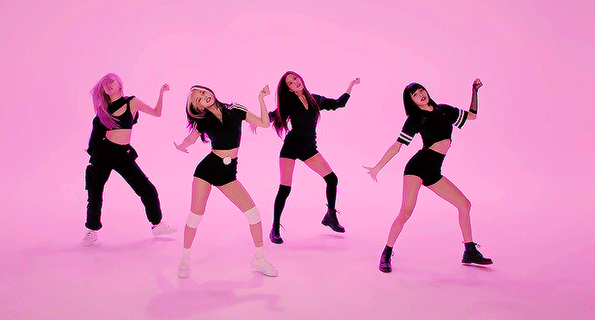 Isn't it time to join their ranks?
Isn't it time to join their ranks?
Listed below are 8 top tips for making your own dance video.
1. Musical composition. The track determines what and how you will dance. Based on it, you create your image, look for a suitable location for shooting. A couple of tips for choosing music. It should motivate and inspire you. This is the main thing. By duration. Dance videos are best done within 2-2.5 minutes. Then the viewer will watch to the end and like.
2. The main character of in the frame is you. And that means you have to take your appearance seriously. Choose clothes that look beautiful on the one hand, and are comfortable to dance in on the other. If you have an idea in your video, then the costume can emphasize it. The same applies to hair, make-up (if you are a girl), shaving / unshaven (if you are a guy). Be smart and in style. nine0003
3. Choosing a location for filming . The location should reflect the general idea and reinforce it.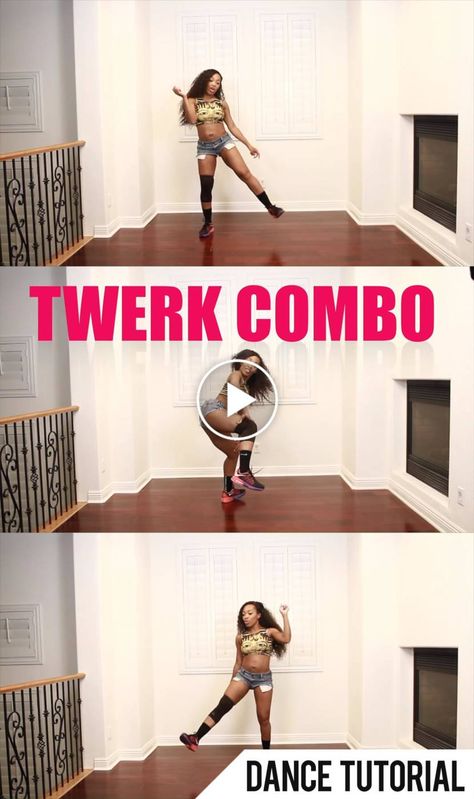 For example, you decided to make a downhole hip-hop video to the “rocking track”. Suitable city, busy streets, underground courtyards, graffiti, etc. This will create the right atmosphere. Now imagine that you, so cool and pretentious, shoot your video against the backdrop of a dull village courtyard, where a cow grazes in the background and the wind sways the nettles. Feel the difference?
For example, you decided to make a downhole hip-hop video to the “rocking track”. Suitable city, busy streets, underground courtyards, graffiti, etc. This will create the right atmosphere. Now imagine that you, so cool and pretentious, shoot your video against the backdrop of a dull village courtyard, where a cow grazes in the background and the wind sways the nettles. Feel the difference?
4. Scenario . Every good film has a premise, a plot, and a climax. It's the same with your dance. He must develop. Otherwise, the video will turn out to be monotonous and the viewer will become bored. As a rule, I do not prepare all the movements for filming, but simply outline that here I dance with a small amplitude, then I start to diverge, then I pause, and here I burn, and so on. Videos are greatly enhanced by original ideas, tricks, etc.
5. Camera and light. Now it's easier to make a high-quality picture on video than before. Even shooting on the phone, you can get a very decent quality.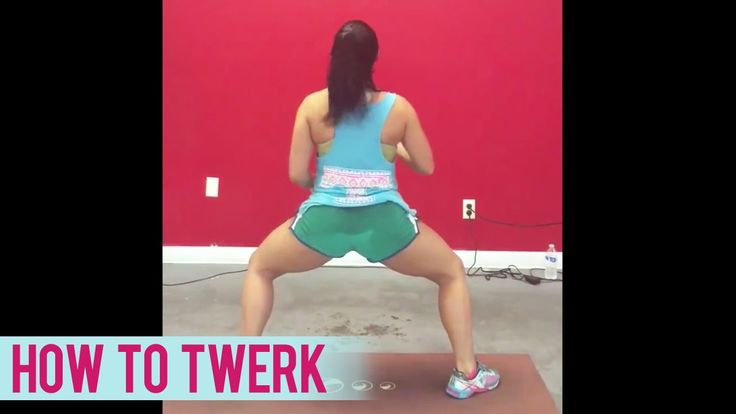 The main thing is more light in the video. It can be natural light on the street, light from windows if you are indoors, special light from spotlights, etc. The main thing is that it should be, then the picture will come out bright, with rich colors. nine0003
The main thing is more light in the video. It can be natural light on the street, light from windows if you are indoors, special light from spotlights, etc. The main thing is that it should be, then the picture will come out bright, with rich colors. nine0003
6. Operator. If possible, call the operator. Hire or find a free one. Now enough people are addicted to video shooting, so it will be great practice for them to work with you. If there is no one at all, then use a tripod. The main thing is to pre-build the frame so that you look beautiful in it and there is nothing superfluous. And click on record.
7. Shoot more. The more practice you have, the better the result will be. You will begin to “see the frame”, understand how to fully reveal the dance on the video. More practice, more success. nine0003
8. Something always goes wrong . I have shot about 500 dance lessons and videos. And almost always something went wrong. Either people walk in the background, then the rain starts to drizzle, then the operator is late, then you forgot to do something, and so on. This is normal, be prepared for jambs, without them there is no filming. Therefore, if something deviates from the planned plan, react and adapt to the situation. I ran through the "tops" and gave basic advice.
Either people walk in the background, then the rain starts to drizzle, then the operator is late, then you forgot to do something, and so on. This is normal, be prepared for jambs, without them there is no filming. Therefore, if something deviates from the planned plan, react and adapt to the situation. I ran through the "tops" and gave basic advice.
Recently I had to shoot my own dance for "Dances on TNT". Yesterday I posted a video on YouTube. What worked and what didn't is up to you to judge. Here is the video:
By the way, if you are looking for a dance school, try the Dragon School. 1 lesson as a gift.
How to make a DANCE Video: interview with director and videographer
Dance.ru has repeatedly paid attention to such a bright phenomenon as DANCE VIDEO - professional clips, the main character in which is Dance. There are more and more of them and it seems that every dancer has got either a video presentation or his own dance video. nine0003
There are more and more of them and it seems that every dancer has got either a video presentation or his own dance video. nine0003
Recently, by the way, a dance-music video "SHIRO feat SAM ZI - Without brakes" was released - a joint project of Sam Zakharov and Sharif. And we, taking this opportunity, decided to find out from the creators how dance videos are born, how they differ from music videos, what difficulties one has to face on the set and why all this, in fact, is needed.
And they told us everything about it the video director Sergey Borisov and videographer Daria Grafova .
- Guys, who, in general, starts this process, who comes up with the bright thought “We need to shoot a dance video”, when does the team suddenly gather and how do you distribute responsibilities?
Sergey Borisov: The idea of this video was born, of course, by Sam. We have known him since 2011 and during this time we have become best friends - I say this with pride!) My task was to organize the filming process: how objects are located in the frame, what they are doing at the moment, how they are moving, and so on. nine0003
We have known him since 2011 and during this time we have become best friends - I say this with pride!) My task was to organize the filming process: how objects are located in the frame, what they are doing at the moment, how they are moving, and so on. nine0003
Daria Grafova: I've known Sam for about half a year. She immediately agreed to take part in the filming of the video for the track, which he created together with Sharif. Helped in organizational matters, selected locations, and filmed, of course.
stills from the filming of the video
- Daria, I know that it is quite difficult for photographers to learn how to shoot motions - you need a lot of experience. Probably, with video filming in this regard is even more difficult? Have you had to do this before?
Daria Grafova: Yes, I had to. Initially, my videography began with a chance meeting on the set with electro dancers - Eddy Electro and Yarus. This happened in July 2013. I then shot my first video in this vein - and the guys liked it. Gradually, my development in this direction began, the dancers began to ask for filming.
As for the difficulties, yes, of course there are. Both complexities and peculiarities. The main thing is to be able to see a suitable shooting angle, where and from which side the dancer will look as impressive as possible, while hiding small jambs of the entire choreography. nine0003
It is also necessary to reach an understanding between the operator and the dancer - for a more harmonious work with each other. And for the dynamics of the video itself, you need to find, as I think, each one has its own zest, which will distinguish the video of a certain operator.
- Just like dancing...
Daria Grafova: Exactly! In my case, for frame dynamics, I use steadicam so that the frame is not completely static.
- Sergey, what experience do you have in shooting dance videos? nine0062
Sergey Borisov: We filmed a lot of freestyle on the streets.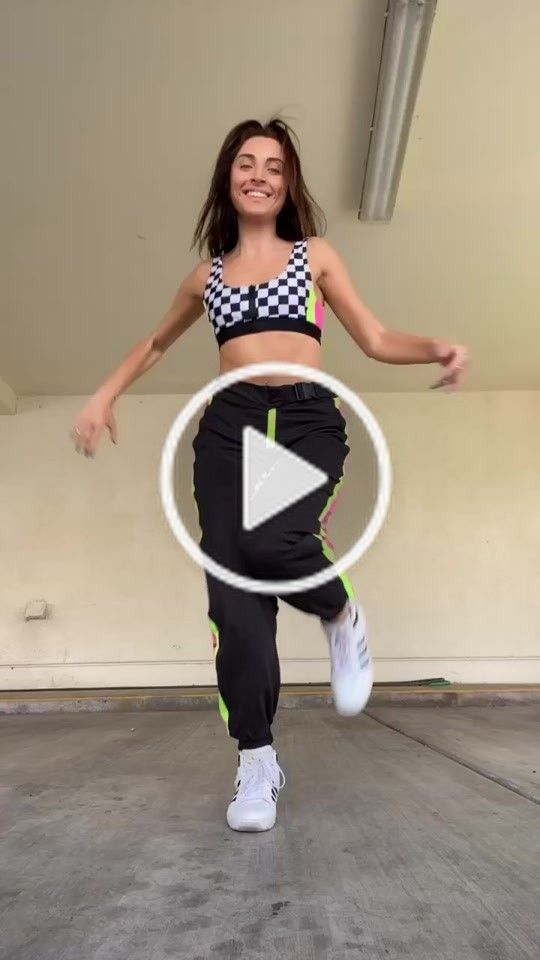 But if we talk about purely professional dance videos, then there was work again with Sam - they shot a "business card" for Anzhelika Glukhova. Here I acted as a choreographer:
But if we talk about purely professional dance videos, then there was work again with Sam - they shot a "business card" for Anzhelika Glukhova. Here I acted as a choreographer:
- What do you think, Dance Video - can it be considered a separate genre, a kind, a special kind of art?
Sergey Borisov: Yes! I consider it a special genre! It's like any music video, or just creativity, but here people are interested in dance, choreography, harmony of music and pictures in the frame! So far, both foreign and Russian dancers-choreographers shoot videos according to certain clichés and rules, but you can rarely stumble upon something interesting. nine0003
- What cliches?
Sergey Borisov: Most often you can see one general shot and a couple of close-ups. Or - which is even more common - the entire choreography is filmed in one shot. But you want to observe dynamics, development. ..
..
- But we often observe how frequent frame changes are abused in clips... do you think this is such a naive semblance of dynamics or is it the right move?
Sergey Borisov: More like. In my purely subjective opinion, with which one may disagree, development and dynamics should be in the very plot of the video, in the change of locations, images! nine0003
- Daria, you mentioned steadicam. Expensive pleasure? And tell me, if you had immense financial resources, what kind of equipment would you use to shoot dances in order to get such a perfect dance video?
Daria Grafova: Yes, earlier, when I was a minor, it was an expensive pleasure for me personally - therefore, I could not provide for myself. Immeasurable financial opportunities? Perhaps, I have been dreaming for a long time to start shooting with large cameras - those that are used in cinema, but so far there is no such possibility ... To it, respectively, and my own equipment, such as: rails, lighting, my own studio, my own space in which you can easily create.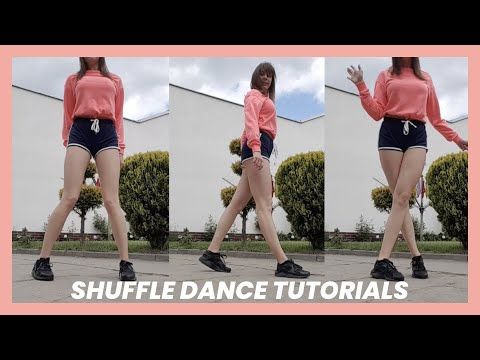 The same team with which you can constantly create something interesting. I hope all of this will be. nine0003
The same team with which you can constantly create something interesting. I hope all of this will be. nine0003
clip shots
- Let's get back to the clip. Were there any difficulties during filming? Moreover, you were filming on the street...
Daria Grafova: We filmed for 9-10 hours. Everything was done in 1 day. Fortunately, there were no problems at all, except to organize everyone. The place was chosen quite deserted, so there were no extra people who could interfere. Although there was one trouble: the day before filming, it turned out that the cars that were supposed to take part in the filming would not arrive. Arriving at the filming location, they did not hang up their noses and began to work with what was. But after 2 hours they called us and said that the cars still arrived. Everything that was originally planned, in the end turned out. Many thanks for this OPC-club! nine0003
Sergey Borisov: Well, it turned out to be not such a big problem to organize adult children, everyone was imbued with the situation, picked up our wave and began to work with us. I also wanted to mention Opc-club - a community of people who are passionate about one thing - love for cars, and in particular for Opel Astra)
I also wanted to mention Opc-club - a community of people who are passionate about one thing - love for cars, and in particular for Opel Astra)
complete team
- And the last question: since we found out that dance videos are a special kind of art, then who do you think will develop it and will it develop at all in our country? Recently, a lot of dancers and teams have started making dance videos. In general, will quantity turn into quality? nine0062
Daria Grafova: Based on my filming experience, I can say this: there is development, many are trying to create something, bringing in new ideas that they want to convey through the same dance videos. But as for the transition from quantity to quality, I’m not sure, I judge by my own criteria, although I don’t dance myself. It's like a person who recently picked up a camera, says that he is a photographer. There are many of those. For some, commerce is important, for others, pure creativity. I like the fact that most of the people around me don't stop dancing, thus giving an example of what can be achieved in life, no matter what.

